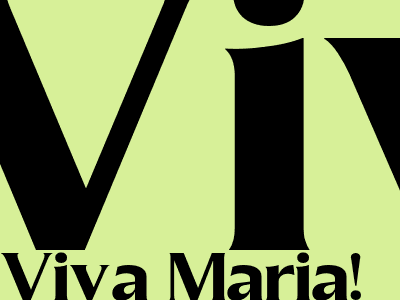
Viva Maria: The New York World's Fair Comes to Life
A Spectacular Extravaganza of Lights, Music, and Motion
The New York World's Fair of 1939-40, also known as "Viva Maria," was a magnificent celebration of technology, industry, and culture. Held in Flushing Meadows Park in Queens, New York, the fair showcased the latest advancements in transportation, communication, and entertainment, while also paying homage to the vibrant spirit of the Americas.
A Global Showcase of Innovation
Over 150 million visitors flocked to the fair, eager to experience the wonders on display. The fairgrounds were a dazzling array of pavilions, each representing a country or industry, all competing for attention with their innovative designs and interactive exhibits.
Among the most popular attractions was the General Motors "Futurama" pavilion, which offered a glimpse into the future of transportation with its sleek "trackless trains" and futuristic cars. Another highlight was the Ford Motor Company's "Wonder World of Tomorrow" exhibit, which featured a towering 50-foot globe and a simulated ride through an automotive factory.
A Symphony of Light and Motion
The fair was not only a showcase of technology but also a feast for the senses. Visitors were treated to a nightly spectacle of light and motion, as the fairgrounds transformed into a vibrant canvas of illuminated fountains, fireworks, and choreographed light displays.
The legendary "Aquacade" at the Billy Rose Aquatics Stadium featured synchronized swimmers, acrobats, and divers performing in a breathtaking water ballet. The "Electrified Fountains" showcased the latest advancements in electrical engineering, with jets of water dancing in time to music and colored lights.
A Celebration of the Americas
Beyond its technological marvels, the New York World's Fair also celebrated the diverse cultures of the Americas. The "Latin American Avenue" featured pavilions from Mexico, Brazil, Argentina, and other countries, showcasing their music, art, and cuisine.
The "Streets of Paris" pavilion transported visitors to the heart of the French capital, with charming bistros, quaint shops, and a replica of the Eiffel Tower. The Soviet Union's pavilion, on the other hand, presented a vision of a communist utopia, complete with heroic sculptures and a massive replica of the Red Square.
Legacy of Innovation
The New York World's Fair of 1939-40 left a lasting legacy of innovation and progress. Its futuristic exhibits and interactive displays inspired generations to come, and its celebration of cultural diversity helped to foster a greater appreciation for the world's varied traditions.
Today, the fairgrounds of Flushing Meadows Park are home to the Queens Zoo, the New York Hall of Science, and the USTA Billie Jean King National Tennis Center, all of which continue to provide educational and recreational opportunities for millions of visitors each year.